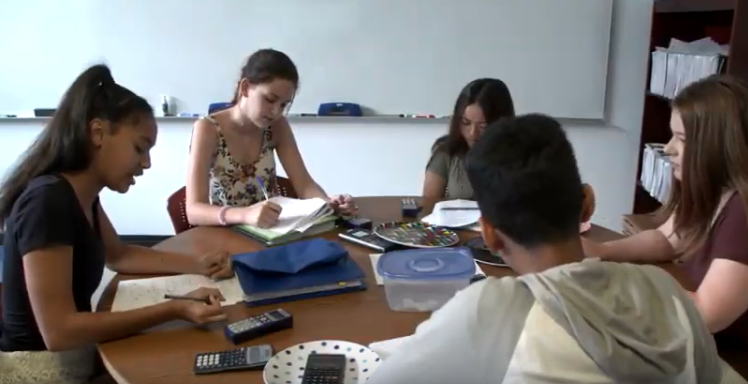What is Social Constructivism?

Social constructivism is one of those terms many of us hear a lot, but it may not be so obvious how to effectively use it in your classroom.
Here’s the bottom line: it is a method for teaching and learning that enables students to achieve more than they could studying alone, by working together in small groups. It reinforces faster learners’ skills as they increase their own understanding by explaining their thought processes to slower learners, and slower learners benefit from their peers’ perspective and direct engagement.
Everyone benefits from explaining and defending their initial thinking, as the group solves problems together. Social constructivism differs from group work in that social constructivism is driven by the natural desire to work with and collaborate with peers as needed, as opposed to being directed to work with others to produce a specific outcome.
NJCTL provides a full range of free, editable course materials ranging from kindergarten to AP science and mathematics to bring the advantages of social constructivism to your students. We recommend:
* Brief direct instruction
* Students working together in small groups at round tables
* Engaging students in frequent polling facilitated, process-oriented formative assessments
* Building mental models by solving increasingly complex problems together
Click here to see a video that shows how social constructivism can work.
And here is a link to our NJCTL Teaching Methods Course, which not only teaches you how to use social constructivism to improve your students’ outcomes across the board, but also trains you in all of teaching methods which drive PSI® and PMI® success in whichever field you teach.
Tags: News


